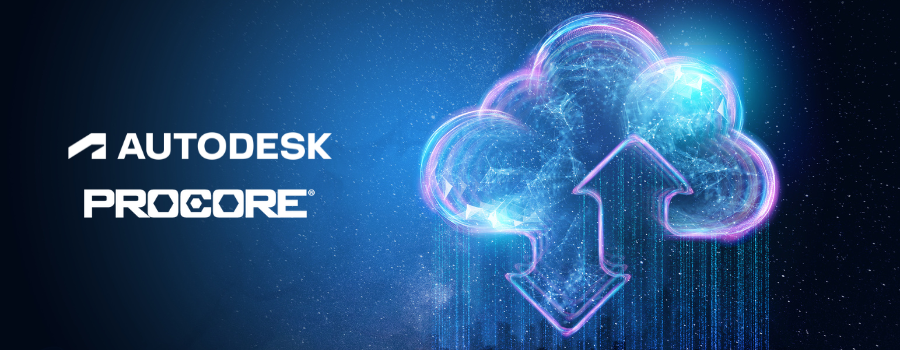In today’s fast-evolving AECO landscape, firms are rethinking their digital foundations. Whether it’s due to growth, new leadership, acquisition, or simply a need to streamline operations, many organizations are facing a big decision: switching their core construction management platform.
For some, that means moving from Procore to Autodesk Construction Cloud, and for others, it’s the reverse. Either way, the transition is never simple.
Your construction management platform is the backbone of your project operations. Changing it isn’t just a software decision—it’s a cultural and logistical shift that impacts teams, partners, workflows, and years of historical data.
The good news? With the right approach (and the right tools), that shift doesn’t have to be painful.
Why Companies Make the Switch
There’s no one-size-fits-all tool for AECO, and each platform has its strengths. But organizations evolve, and that evolution often requires a strategic pivot in tech stack.
Common reasons companies switch platforms:
-
- Consolidation after a merger or acquisition
- Owner/client mandates requiring a specific system
- Desire to unify design and build under one ecosystem
- Cost optimization or licensing realignment
- Dissatisfaction with support, integrations, or performance
These are strategic business decisions—but they come with real operational risk.
The Real Challenge of Switching Platforms
The core obstacle in switching from Autodesk to Procore or Procore to Autodesk isn’t the software itself—it’s the data.
Firms have years of project documentation, RFIs, submittals, issues, photos, and forms locked into their existing platform. And unlike spreadsheets or documents, construction data has context—folder structures, metadata, version history, and audit trails that matter.
Traditional platform transitions often involve:
-
- Manual exports of files and records
- Loss of structure and metadata fidelity
- Fragmented archives, where historical data becomes difficult to access
- Heavy IT overhead to manage the changeover
- Loss of Context and Traceability of documents and workflows
This not only risks compliance issues—it also frustrates teams, slows down active projects, and reduces trust in the new system.
How WorkBridge Eases the Transition
WorkBridge, from ProjectReady, was built for this challenge. It enables companies to seamlessly migrate and transfer data across Autodesk and Procore platforms—ensuring a smoother transition without disrupting operations.
With WorkBridge, companies can transfer project data—documents, RFIs, issues, submittals, photos, and forms—from Autodesk to Procore or vice versa with full audit history and traceability.
Whether you’re switching one department or migrating the entire company, WorkBridge helps you bring your data—and your team—along with you, seamlessly.
Making Change Feel Manageable
By automating what was once a painful, manual, months-long process, WorkBridge allows AECO firms to:
-
- Accelerate time to value on their new platform
- Avoid productivity loss during the switch
- Retain institutional knowledge and project history
- Gain control over platform transitions, whether incremental or all-at-once
It’s a critical enabler for change—not just a data tool, but a way to modernize and adapt without disruption.
Learn More about WorkBridge or Get a Demo.
Final Thoughts
Switching from Procore to Autodesk or Autodesk to Procore is a bold move—but sometimes, it’s the right one. The key is making that shift without sacrificing the information, structure, and momentum that have gotten your firm this far.
With WorkBridge, AECO firms can confidently change platforms while keeping what matters most intact: data, workflows, and team trust.
Because evolving your tech stack shouldn’t mean leaving your past behind.

